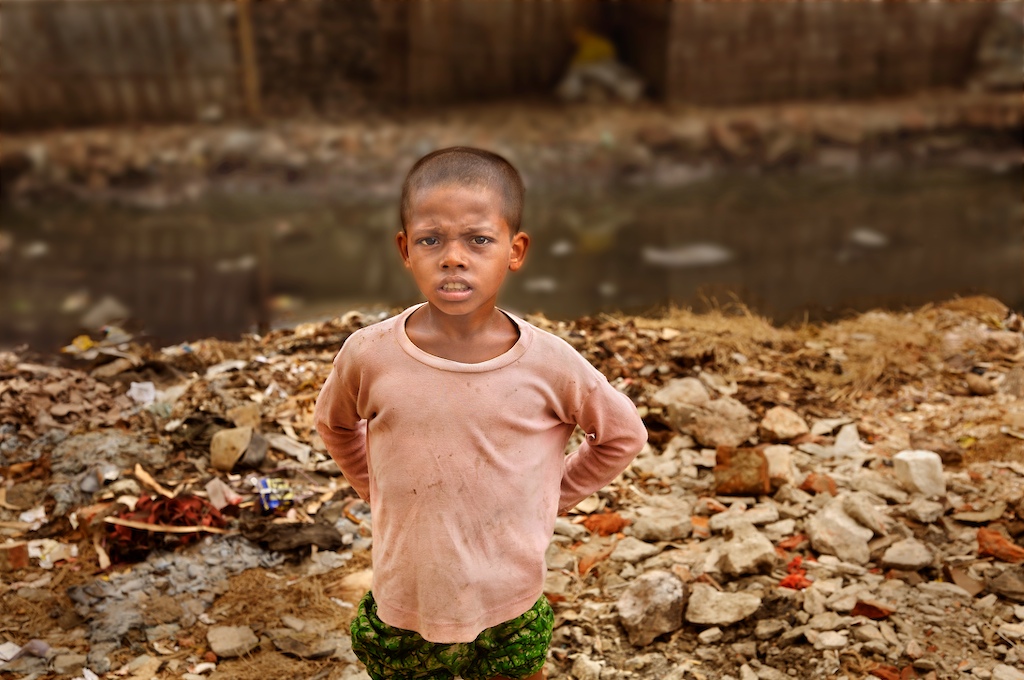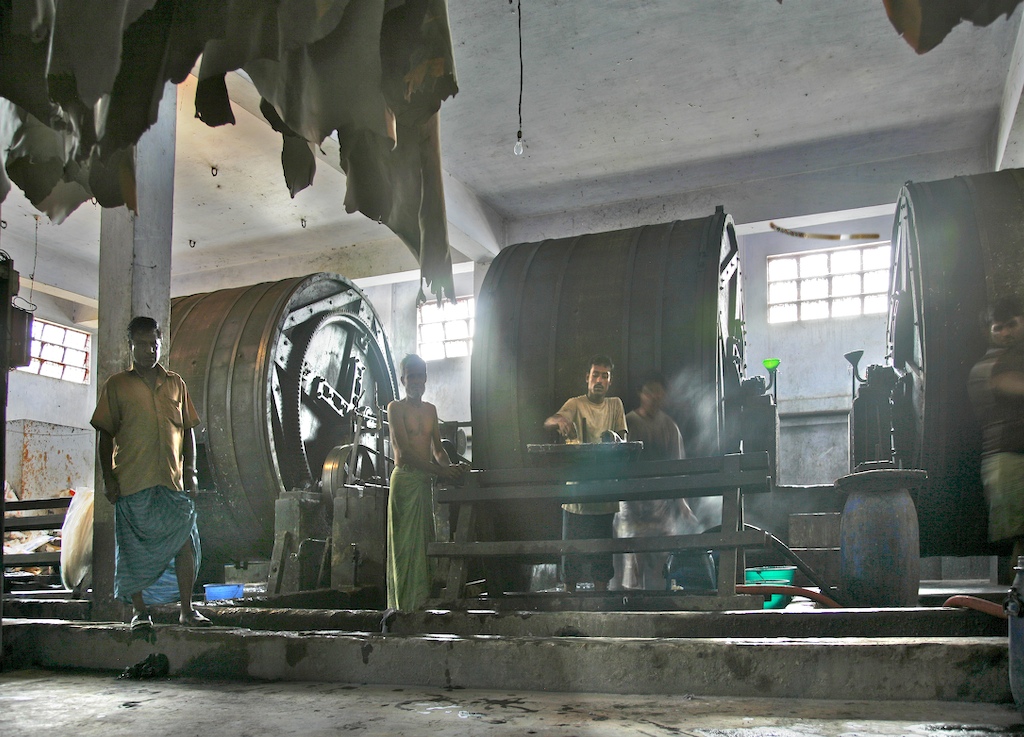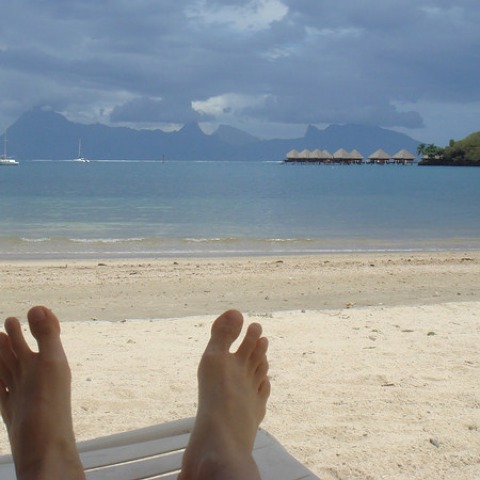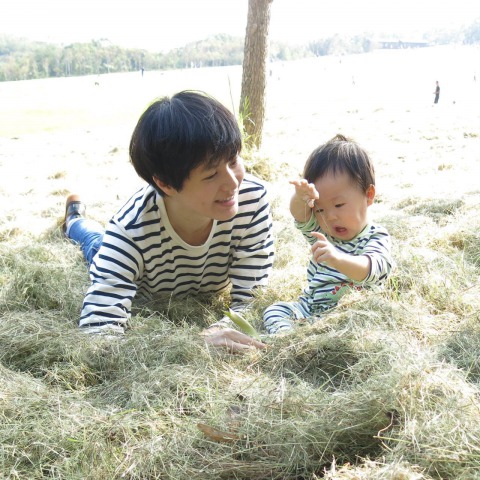http://e-info.org.tw/node/203796?utm_source=%E7%92%B0%E5%A2%83%E8%B3%87%E8%A8%8A%E9%9B%BB%E5%AD%90%E5%A0%B1&utm_campaign=162033b208-EMAIL_CAMPAIGN&utm_medium=email&utm_term=0_f99f939cdc-162033b208-84956681
長期暴露有毒環境 歐美皮革讓孟加拉童工活不了50年
本報2017年4月4日綜合外電報導,姜唯編譯;蔡麗伶審校
英國衛報報導,一份最新報告揭露,在孟加拉皮革廠工作的童工——最小僅8歲——暴露於多種有毒化學物質,很可能因此縮短壽命,只為了外銷皮革到歐美。
根據世界衛生組織(WHO)的資料,孟加拉首府哈扎里巴格(Hazaribagh)區和坎蘭格查(Kamrangirchar)區居住和工作的人口,約有90%都在50歲前死亡。
這裡的空氣中、街道上和河川裡,無不充滿皮革廠排出的有毒物質。無國界醫生組織於是在這裡設置診療站,診斷和治療工作中健康受損的人們。根據一份發表於醫療資料庫BMJ Case Reports的文獻,這是無國界醫生首次因為非自然災害和戰爭因素投入診療工作。
60萬人生活在毒氣中 無國界醫生破例介入
無國界醫生介入的原因是「工業常態性的疏失,以及製革廠和其他處理危險物質工廠所有者的漠視」正嚴重傷害60萬名以移民為主、缺乏政府資助醫療服務的工人。
2015年無國界醫生為5000名工人設立並營運四處主要診療所,分別位於製革、塑膠回收、成衣和金屬工廠的工人社區中。
其中處境最危險的是有250間製革廠的哈扎里巴格區。這些製革廠有30到35年歷史,每天共排放6000立方公尺有毒廢水和10噸固體廢棄物。
重金屬池無防護 童工最小僅8歲
2012年,人權觀察組織發表報告「有毒製革廠」,揭露孟加拉法律甚至國際法無法確實防止18歲以下童工在有害環境中工作。這些製革廠將動物皮浸泡在裝滿化學品的大鍋內,以生產所謂「孟加拉黑」(Bengali black)顏色的皮革,出口到義大利、西班牙等地的歐洲皮革製品工廠。
「製革廠排放鉻、鎘、鉛和汞等重金屬加上多種化學物質的混合物到環境中。最小才8歲的工人們天天泡在這些化學物質中,吸入這些化學物質的蒸氣,一年到頭在這樣的環境中吃飯,沒有任何個人保護措施。」
欽奈Sri Balaji醫學院副教授Venkiteswaran Muralidhar描述,童工們僅纏著腰布和靴子,暴露於甲醛、硫化氫和硫酸中。
在地開設診療站 工人需獲准才能就醫
報告指出,在坎蘭格查貧民區的塑膠回收、紡織和金屬工廠中,工人面臨的危險包括棉花絮、重金屬、汞、鄰苯二甲酸酯、酸類、戴奧辛和人因工程危險因子。
慢性皮膚病和肺病都很常見。診療站設立後六個月內,5000名工人中有3200人前往診療至少一次。其中468人(14.6%)被診斷出疑似工作環境引起的疾病。30人(0.9%)在工作場所受傷。
不過Muralidhar說,這些數字無法反映真正的工傷比例,嚴重受到化學品傷害或意外傷害者不會到診療站,而是被嘟嘟車載到達卡的醫院。診療站一週只開四天,工人們需要經過允許才能前往診療。
Children as young as eight, working in the tanneries of Bangladesh producing leather that is in demand across Europe and the USA, are exposed to toxic chemical cocktails that are likely to shorten their lives, according to a new report.
Approximately 90% of those who live and work in the overcrowded urban slums of Hazaribagh and Kamrangirchar, where hazardous chemicals are discharged into the air, streets and river, die before they reach 50, according to the World Health Organisation.
Their plight spurred the volunteer doctors of Médecins Sans Frontières (MSF) to set up clinics in the area to diagnose and treat those who are the victims of their workplace. It is, says a paper published in BMJ Case Reports, “the first time they have intervened in an area for reasons other than natural disasters or war”.
MSF’s intervention was triggered by “the widespread industrial negligence and apathy of owners of tanneries and other hazardous material factories” towards the more than 600,000 largely migrant population who have no access to government-funded healthcare.
MSF set up and ran four main clinics for 5,000 workers in 2015, located in the centre of communities involved in four different manufacturing processes at factories for tanning, plastics recycling, garment-making and metals.
The hazards of the 250 or so tanneries in Hazaribagh – which are 30 to 35 years old and discharge 6,000 cubic metres of toxic effluent and 10 tonnes of solid waste every day – are best known. In 2012, Human Rights Watch produced a report called “Toxic Tanneries” which revealed the flouting of Bangladesh’s own laws as well as international law in the employment of children under 18 in work that is harmful or hazardous.
The factories douse animal skins in cauldrons of chemicals as part of the processing of “Bengali black” leather, which is exported to European leather goods manufacturers in Italy, Spain and elsewhere.
“Apart from heavy metals like chromium, cadmium, lead and mercury, a conglomerate of chemicals are discharged by the tanneries into the environment,” says the paper. “Workers aged eight and older are soaked to the skin, breathing the fumes for most of the day and eat and live in these surroundings throughout the year. Personal protective equipment [is] not provided.”
Child workers clad in no more than loin cloths and wellington boots are exposed to chemicals including formaldehyde, hydrogen sulphide and sulphuric acid, write Venkiteswaran Muralidhar, associate professor at the Sri Balaji Medical college in Chennai, and colleagues.
The other factories– for plastics recycling, garments and metals – are in Kamrangirchar, an urban slum which is not officially part of Dhaka city. “In these, there are complex risk hazards from cotton dust, heavy metals and chemicals like mercury, phthalates, acids and dioxins and ergonomic hazards,” says the paper.
Chronic skin and lung diseases are common, say the authors. Within six months of the setting up of the clinics, 3,200 of the 5,000 eligible workers had come forward for at least one consultation. Among them, 468 (14.6%) were diagnosed with suspected work-related diseases, and 30 (0.9%) had work-related injuries.
The figures do not reflect the overall harm to the population, however, said Muralidhar. Those who are severely injured by chemicals or accidents would not go to one of the clinics. “They will probably be taken by rickshaw to a hospital in Dhaka,” he told the Guardian. And the clinics were only open four days a week, during the daytime, and workers needed the owner’s permission to go for a consultation.
He feels strongly that a hospital should be set up in the slum to help its people. “They are the most horrible conditions you can imagine,” he told the Guardian. “I work in this area. I have never seen anything as bad as this.”
參考資料
- 英國衛報(2017年3月21日),Child labourers exposed to toxic chemicals dying before 50, WHO says
作者
蔡麗伶(LiLing Barricman)
In my healing journey and learning to attain the breath awareness, I become aware of the reality that all the creatures of the world are breathing the same breath. Take action, here and now. From my physical being to the every corner of this out of balance's planet.








沒有留言:
張貼留言